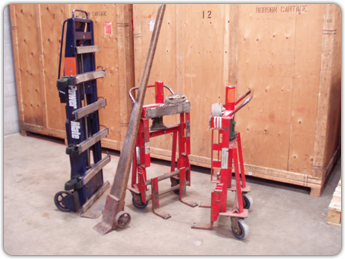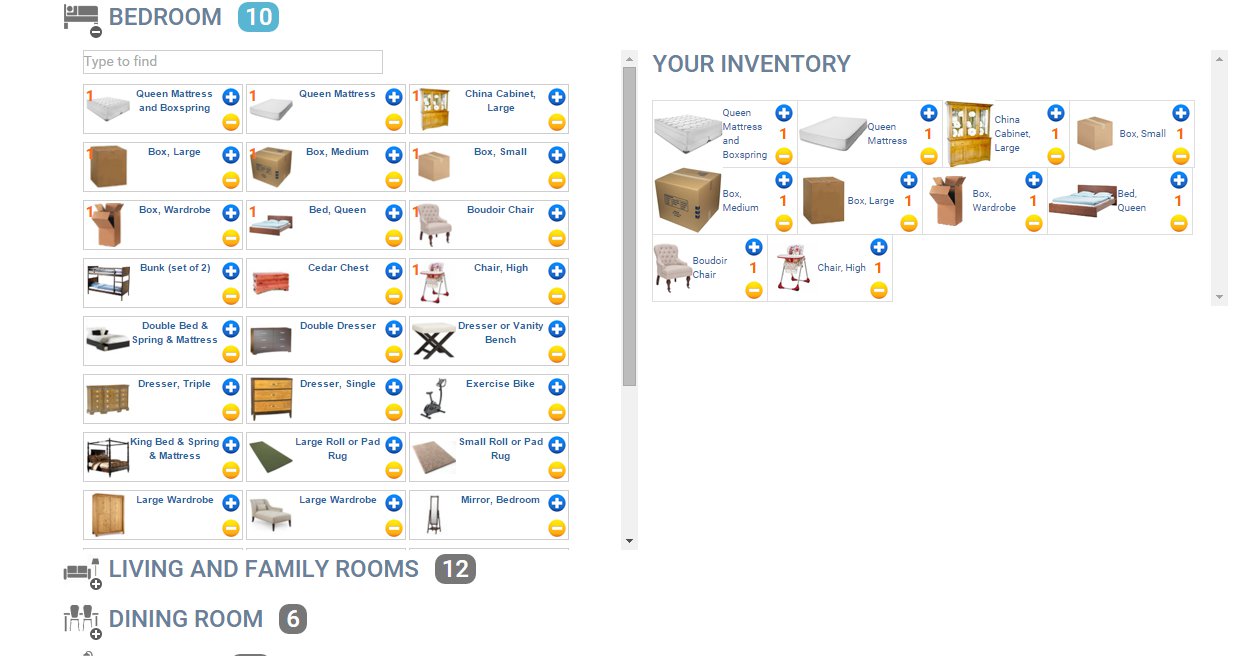Moving Equipment
Need Moving Appliances?
- Why Pay for a Knock Off When You Can Pay for Quality?
- Understanding the Equipment
- Is a Permit Required to Operate?
- Moving a Forklift
1. Why Pay for a Knock Off When You Can Pay for Quality?
Looking for moving equipment can be a large array of items depending on what you are needing to move. Whether purchasing a piano tilter or even increasing your fleet of moving trucks, getting a piece of quality equipment is imperative. Sometimes when you purchase moving equipment, paying extra for a quality piece that will last you a lifetime of moving is very beneficial to a moving company. Good moving equipment is repairable if you have not purchased a “knock off” from overseas.If you are moving large furniture, you may need equipment such as:
- Fork lifts mover
- Large generators
- Combines
- Hand Trucks
- Piano Tilter
- Electrical equipment such as conductors, etc.

2. Understanding the Equipment
You should obtain a proper quote by putting in the accurate dimensions of the equipment, the weight of the equipment, and whether they will be any disassembly required to properly and safely transport the goods. We advise you to find a moving company that has experience in the field of moving equipment. You can learn to move a grand piano but if you don't have the equipment and the experience it could be dangerous and we don't advise it.
3. Is a Permit Required to Operate?
Sometimes rigging is needed for heavy lifting and cranes will be needed to lift the specialty items for transportation. If this is the case, sometimes you will need permits for specific roads if it is an oversized unit. You will need to put your information into this machine mover. A piano tilter is an amazing piece of equipment that not enough moving companies utilize.
The tilter takes the entire weight of the piano off of the movers which reduces any chance of injury to the movers drastically.
It also reduces the number of men needed to safely and properly move a piano.
4. Moving a Forklift
When you are moving a forklift, specialty equipment is needed for the safe transport of the fork lift. Not all moving companies have the option of moving forklifts. Filling your information out at this link will connect you with the correct movers that can perform this service for you.
If you have any electrical equipment, generators, or anything with copper in it, the shipment will need to be covered so that no moisture gets to the equipment at all. These shipments can be easily transported if the moving company has the precise information needed for safely transporting these types of equipment.


Add Comment